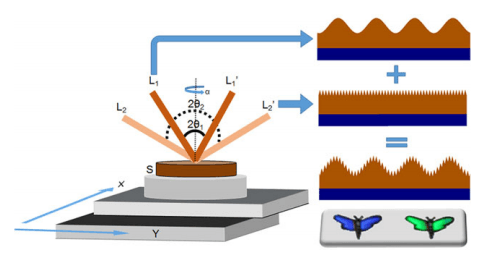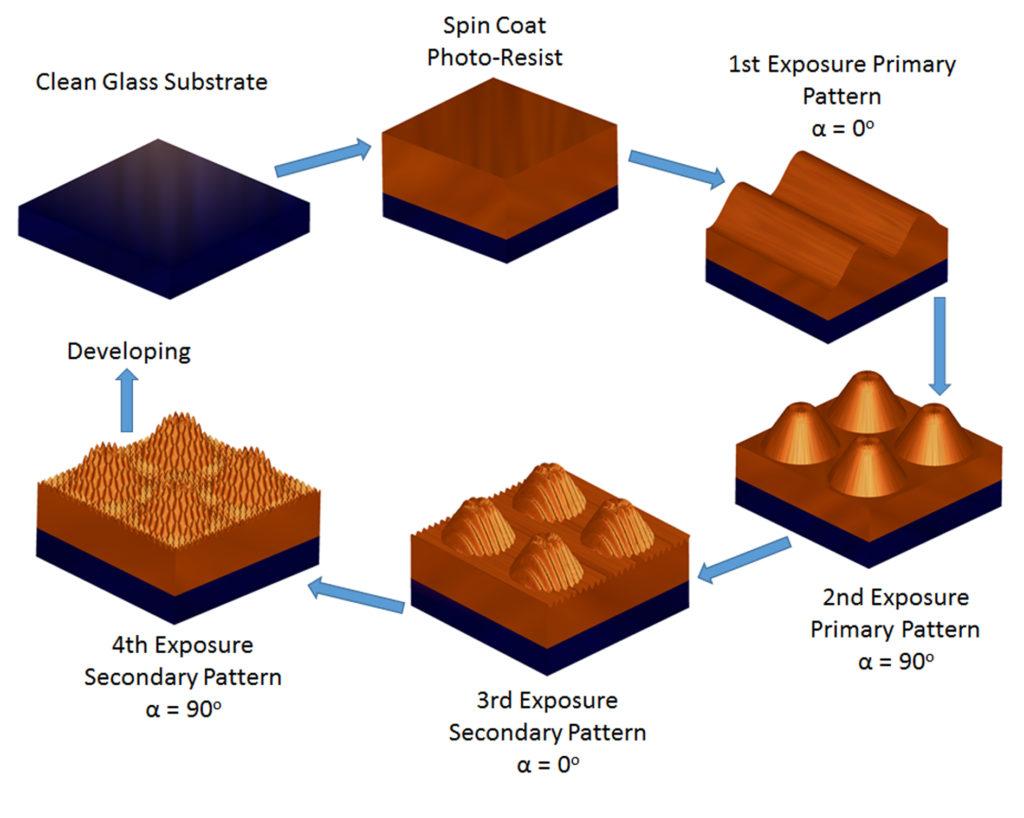 3D printing may be one of the newest methods of fabrication, but in many cases, it also takes cues from the oldest fabrication techniques in the world – older than humanity, in fact. Biomimicry, in short, is the practice of designing based on nature, and we’ve seen many examples of it being merged with 3D printing to create stronger structures, smarter technology, and beautiful art. Branch Technology, for instance, has made “Build Like Nature” their motto, and has demonstrated the effectiveness of the philosophy with their lightweight, super-strong 3D printed walls inspired by natural cellular constructs. We’ve seen 3D printed concepts for armor based on fish scales, 3D printed tools based on sea urchins, and 3D printed dresses inspired by mathematical concepts, among much more.
3D printing may be one of the newest methods of fabrication, but in many cases, it also takes cues from the oldest fabrication techniques in the world – older than humanity, in fact. Biomimicry, in short, is the practice of designing based on nature, and we’ve seen many examples of it being merged with 3D printing to create stronger structures, smarter technology, and beautiful art. Branch Technology, for instance, has made “Build Like Nature” their motto, and has demonstrated the effectiveness of the philosophy with their lightweight, super-strong 3D printed walls inspired by natural cellular constructs. We’ve seen 3D printed concepts for armor based on fish scales, 3D printed tools based on sea urchins, and 3D printed dresses inspired by mathematical concepts, among much more.
In a new research paper entitled “Angle-multiplexed optical printing of biomimetic hierarchical 3D textures,” a team of scientists from China’s Jilin University studied patterns in nature to create 3D printed textured polymer surfaces that combine different mechanical, structural and optical properties.
“Materials in nature especially bio-materials have hierarchial and fractal structures on different geometrical scale which we have to replicate and possibly to surpass in functionality by modern 3D fabrication,” the researchers explain. “…Many functions and properties in nature are result of hierarchical ordering of micro/nanoscale structures and patterns by arranging simpler structures: the self-cleaning surface of lotus leaf, the reduced drag and hydrodynamics surface of a shark skin, the anisotropic wetting surface of a rice leaf, the highly adhesive, superhydrophobic and surface enhanced Raman scattering substrate of a rose petal, the water repellent legs of a water strider, the anti-fogging compound eyes of mosquito and fly, a reversible adhesion of a gecko’s foot, and structural colors of moths, butterflies and bird feathers, bactericidal action of cicada wing are examples that have been the source of motivation to follow the nature’s rule of hierarchy for applications.”
 The research team used 3D printing on the nanoscale to quickly and easily mimic the hierarchical patterns found in nature. By utilizing a technique called two-beam interference lithography, they were able to print complex structures with large surface areas, cascading resolutions, and 3D surface profiles. By carefully controlling the exposure, they were able to create 3D textured surfaces, with comparable aspect ratios, at scales ranging from 4 μm to 300 nm and heights ranging from 0.9 μm to 40 nm.
The research team used 3D printing on the nanoscale to quickly and easily mimic the hierarchical patterns found in nature. By utilizing a technique called two-beam interference lithography, they were able to print complex structures with large surface areas, cascading resolutions, and 3D surface profiles. By carefully controlling the exposure, they were able to create 3D textured surfaces, with comparable aspect ratios, at scales ranging from 4 μm to 300 nm and heights ranging from 0.9 μm to 40 nm.
“Based on sequence of exposures, orientation angle of the sample and period of interference pattern, a variety of multiscale surfaces with geometrically symmetrical structures has been…produced,” the researchers state.
The 3D printed hierarchical structures mimicked several phenomena found in nature, including hydrophobicity, iridescence, directionality of reflectivity, and polarization at different colors. While the technology may sound baffling to those outside of the nanotechnology field, the potential real-world applications are many. The research team names everything from microfluidics and antifouling to jewelry and decorative/holographic elements as areas that could benefit from biomimetic fabrication, as well as micro/nano-optics, polarizing filters and even bactericidal surfaces.
Authors on the study include Muhammad Irfan Abid, Lei Wang, Qi-Dai Chen, Xue-Wen Wang, Saulius Juodkazis, and Hong-Bo Sun. You can access the full paper here. Discuss in the Jilin University forum at 3DPB.com.
Subscribe to Our Email Newsletter
Stay up-to-date on all the latest news from the 3D printing industry and receive information and offers from third party vendors.
Print Services
Upload your 3D Models and get them printed quickly and efficiently.
You May Also Like
From Hobby to Hustle: How the Prosumer 3D Printing Market Is Rewriting the Industry
When many hear 3D printing, they still think of hobbyists tinkering in garages, making figurines, models, or toys. But that image has changed. A new wave of users exists between...
HeyGears Launches Reflex 2 Series 3D Printers to Go Beyond Prototypes
HeyGears has launched its new Reflex 2 Series of resin 3D printers, which are designed to cater to the diverse production requirements of industry professionals and creative studios. The Reflex...
3D Printing Financials: Prodways Holds Steady Amid Q3 Slowdown
Prodways (EPA: ALPWG) reported a slowdown in the third quarter of 2025, pointing to broader economic headwinds but steady demand for its 3D printing systems. The French company said its...
Stratasys’s Aerospace Push: How 3D Printing Is Powering Drones, Space, and Defense Readiness
When Foster Ferguson joined Stratasys after a long career in the U.S. Marine Corps, he brought with him a logistics mindset: every mission succeeds or fails on readiness. That same...







































